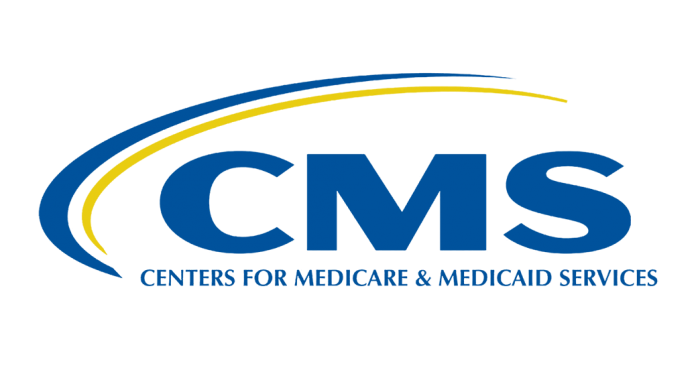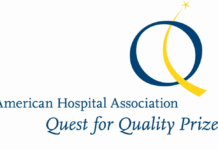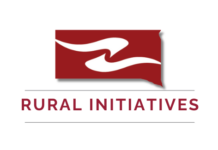
On Thursday, Sept. 8, 2016, the Centers for Medicare & Medicaid Services (CMS) issued the long-awaited final rule on emergency preparedness, intended to establish consistent emergency preparedness requirements for health care facilities, increase patient safety and advance coordination responses.
While health care facilities have been required to plan for emergencies, recent and historical natural and man-made disasters have revealed that current regulations were not comprehensive enough to address the complexities of emergency preparedness, such as the need for communication with other systems of care within cities or states. These new requirements will require health care facilities to plan for disasters and coordinate with federal, state tribal, regional, and local emergency preparedness systems to ensure that facilities are adequately prepared to meet the needs of their patients during disasters and emergency situations.
“Situations like the recent flooding in Baton Rouge, Louisiana, remind us that in the event of an emergency, the first priority of health care providers and suppliers is to protect the health and safety of their patients,” said CMS Deputy Administrator and Chief Medical Officer Patrick Conway, M.D., MSc. “Preparation, planning, and one comprehensive approach for emergency preparedness is key. One life lost is one too many.”
The final rule requires all Medicare and Medicaid participating providers and suppliers to meet the following four common and well-known industry best practice standards.
- Emergency plan: Based on a risk assessment, develop an emergency plan using an all-hazards approach focusing on capacities and capabilities that are critical to preparedness for a full spectrum of emergencies or disasters specific to the location of a provider or supplier.
- Policies and procedures: Develop and implement policies and procedures based on the plan and risk assessment.
- Communication plan: Develop and maintain a communication plan that complies with both Federal and State law. Patient care must be well-coordinated within the facility, across health care providers, and with state and local public health departments and emergency systems.
- Training and testing program: Develop and maintain training and testing programs, including initial and annual trainings, and conduct drills and exercises or participate in an actual incident that tests the plan.
All SDAHO members are affected by this final rule, with standards adjusted to reflect the characteristics of each type of provider and supplier. For example:
- Outpatient providers and suppliers such as Ambulatory Surgical Centers and End-Stage Renal Disease Facilities will not be required to have policies and procedures for provision of subsistence needs.
- Hospitals, Critical Access Hospitals and Long-Term Care facilities will be required to install and maintain emergency and standby power systems based on their emergency plan.
Each provider and supplier will have its own set of regulations incorporated into its conditions or requirements for participation and must be in compliance to participate in the Medicare or Medicaid programs. The regulations goes into effect in November 2016, with a Nov. 15, 2017, implementation date, allowing one year to prepare.
CMS has posted resources on its website. SDAHO staff is working on education for its members on this final rule.






